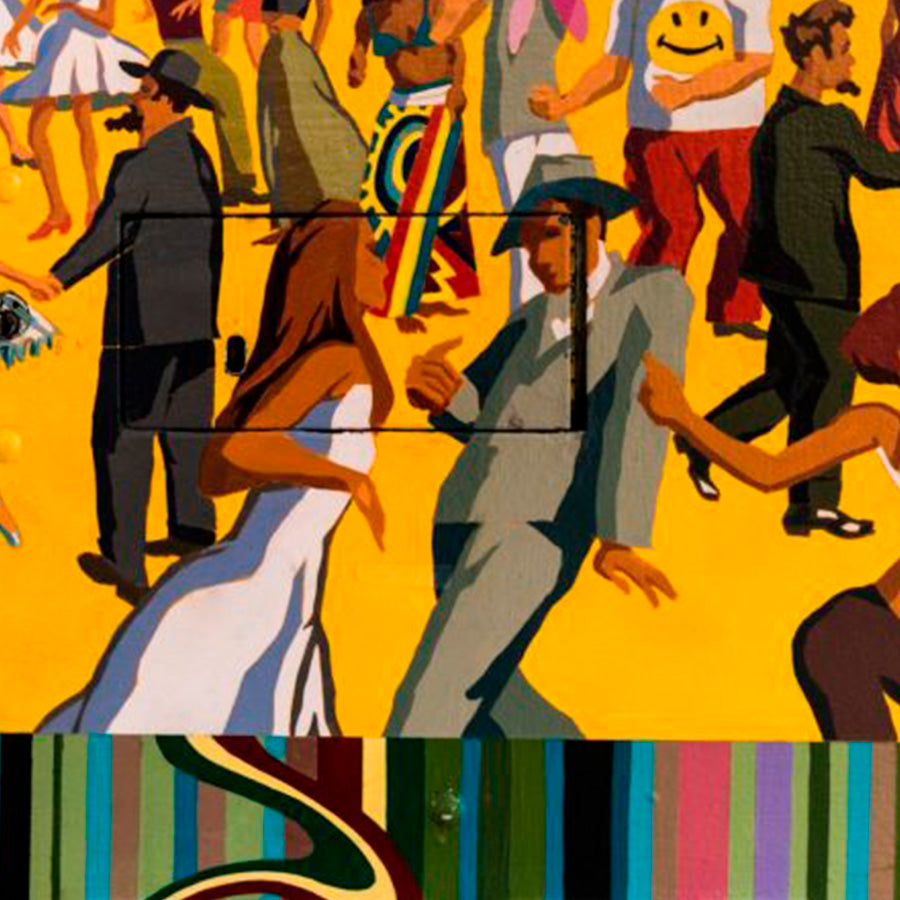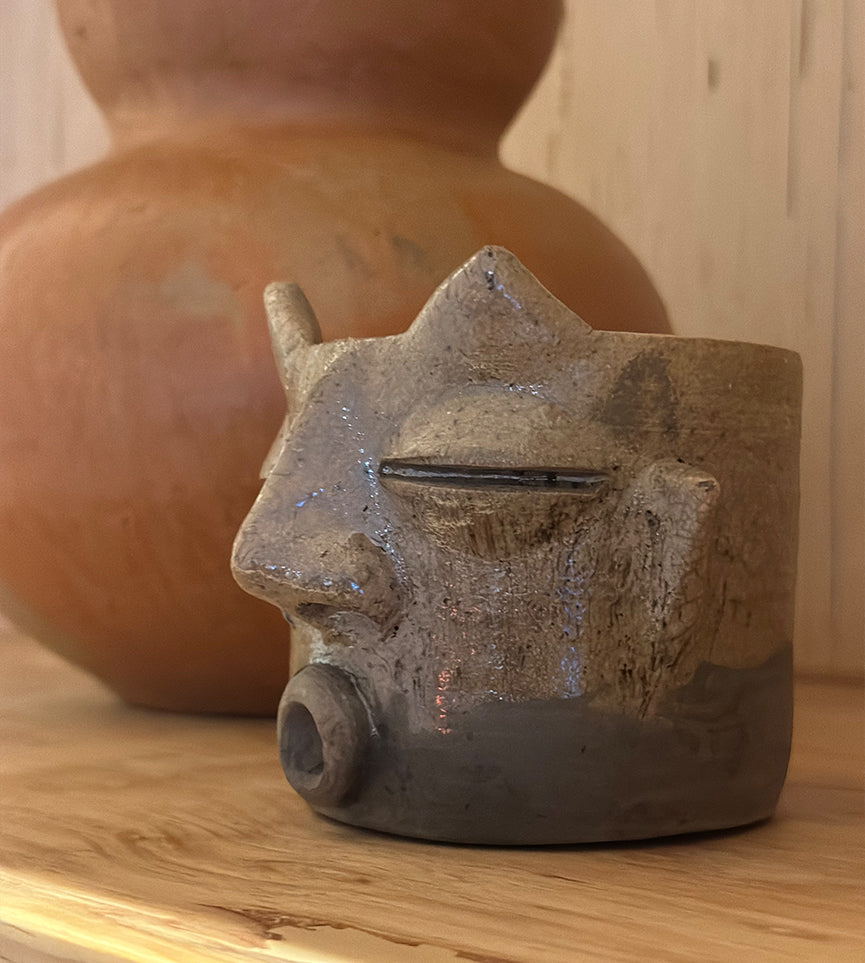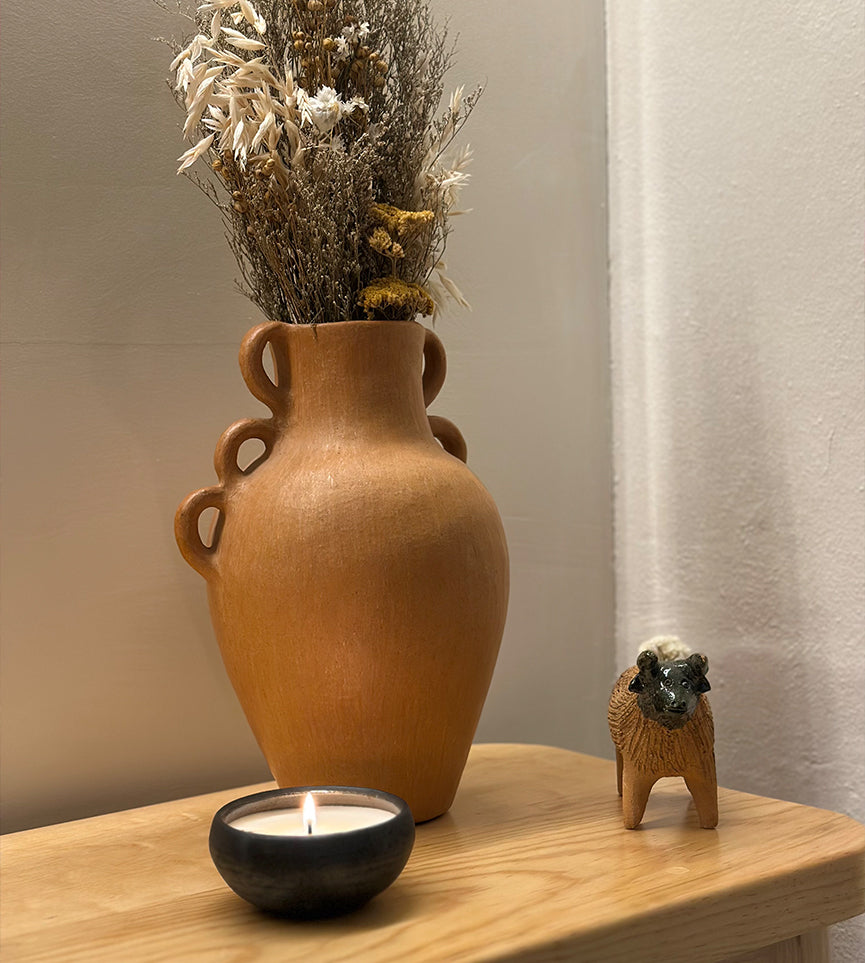
Hispanic Heritage Month is a celebration of the Hispanic community and its relevance in the United States. Every year the Hispanic population increases. According to the United States Census Bureau, the Hispanic population in the United States was 600,572,237 people in 2019; an increase of 20% since 2010! Nevertheless, the impact of the Hispanic community goes beyond mere numbers. Its culture and traditions influence society and the economy.


